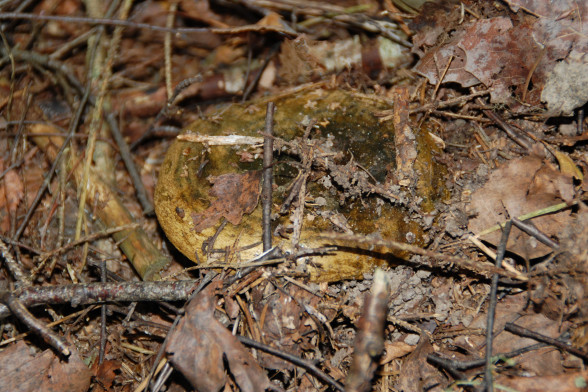
Ugly Milk-Cap /Lactarius turpis/
Ugly milk-cap is a common large mushroom from the milk-cap family in Latvia, and its fruiting bodies are edible after processing. It forms mycorrhizal associations with birch and spruce trees, preferring moist areas, forest edges, peat bogs, sunny spots, uneven terrain, acidic soils rich in organic matter. The typical growing season in Latvia is from July to November, with large quantities sometimes appearing in late August and September.
Recommended for pickling and marinating after boiling, as ugly milk-cap, like many milk-cap mushrooms, requires an extended soaking period even after boiling to neutralize the bitter latex. After boiling for at least 25 minutes in salted water, the cap turns violet to cherry red. It is also suggested to change the water multiple times during boiling to replace the soaking process.
If you have doubts about a specific mushroom while foraging, it is better not to take the risk and leave it behind.
Interesting and Important Facts
The specific epithet 'turpis' is derived from the Latin word for 'ugly,' reflecting the mushroom's dirty appearance on the cap surface. Due to their bitterness, in many Western countries without traditions of pickling and salting mushrooms, ugly milk-cap and many other milk-cap mushrooms are considered poisonous, inedible, or of low value. It is emphasized that the Eastern European method of preparation makes the mushroom edible.
Despite not being classified as poisonous, ugly milk-cap is one of the three mushrooms responsible for most poisonings in Latvia (alongside the 'conditionally edible' mushrooms common morel and toxic false morel) because its acrid latex causes damage to the digestive tract if consumed without boiling. It is also recommended to consume these mushrooms in limited quantities and, before cooking, remove or cut off the slimy dark layer on the cap surface, where most potentially harmful substances accumulate.


